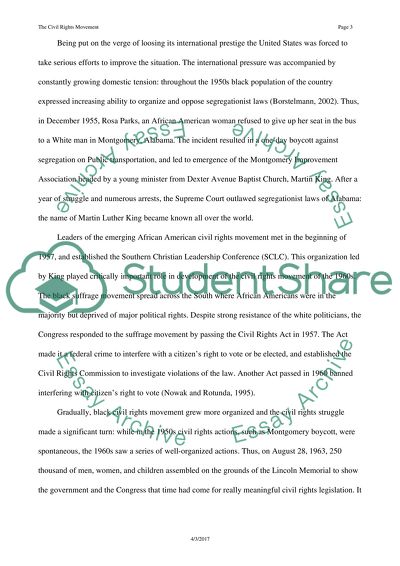Cite this document
(“The Cold War and the Color Line Assignment Example | Topics and Well Written Essays - 1000 words”, n.d.)
The Cold War and the Color Line Assignment Example | Topics and Well Written Essays - 1000 words. Retrieved from https://studentshare.org/history/1526902-the-civil-rights-movement-essay
The Cold War and the Color Line Assignment Example | Topics and Well Written Essays - 1000 words. Retrieved from https://studentshare.org/history/1526902-the-civil-rights-movement-essay
(The Cold War and the Color Line Assignment Example | Topics and Well Written Essays - 1000 Words)
The Cold War and the Color Line Assignment Example | Topics and Well Written Essays - 1000 Words. https://studentshare.org/history/1526902-the-civil-rights-movement-essay.
The Cold War and the Color Line Assignment Example | Topics and Well Written Essays - 1000 Words. https://studentshare.org/history/1526902-the-civil-rights-movement-essay.
“The Cold War and the Color Line Assignment Example | Topics and Well Written Essays - 1000 Words”, n.d. https://studentshare.org/history/1526902-the-civil-rights-movement-essay.


